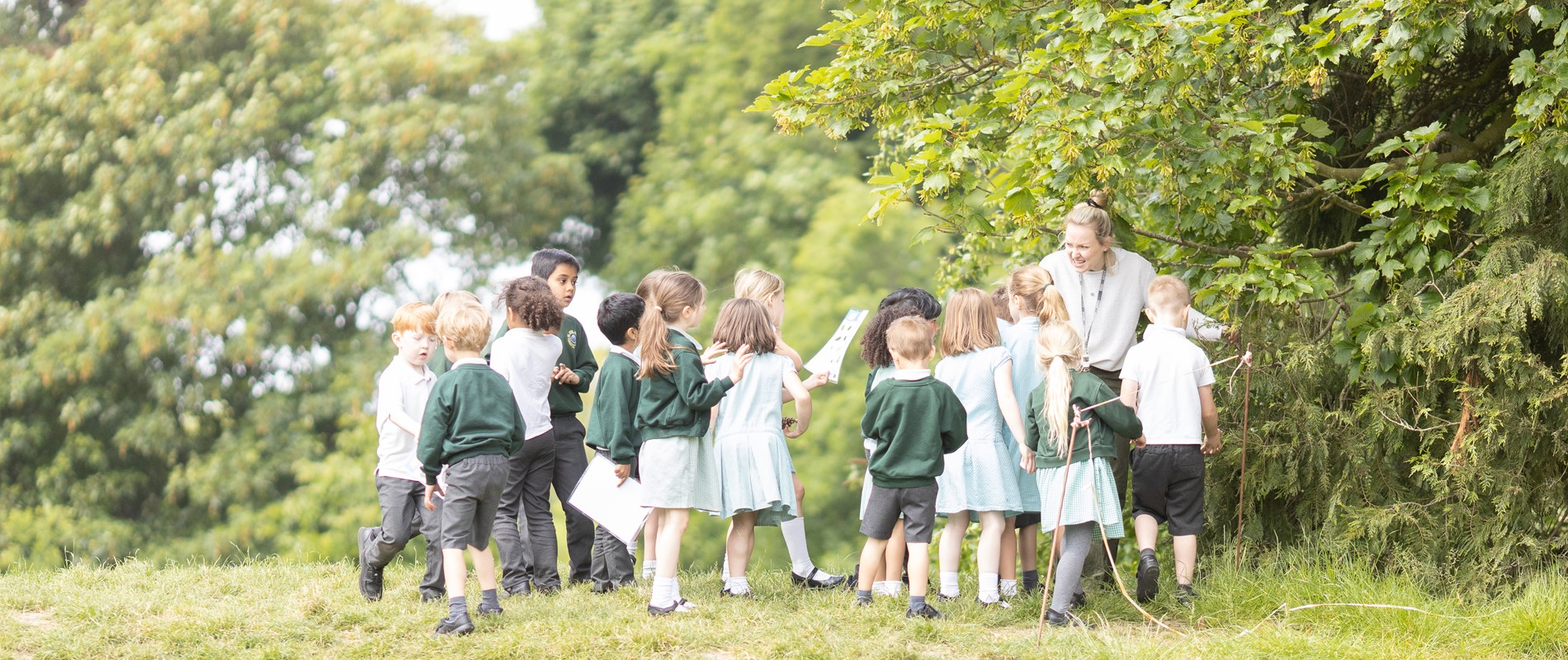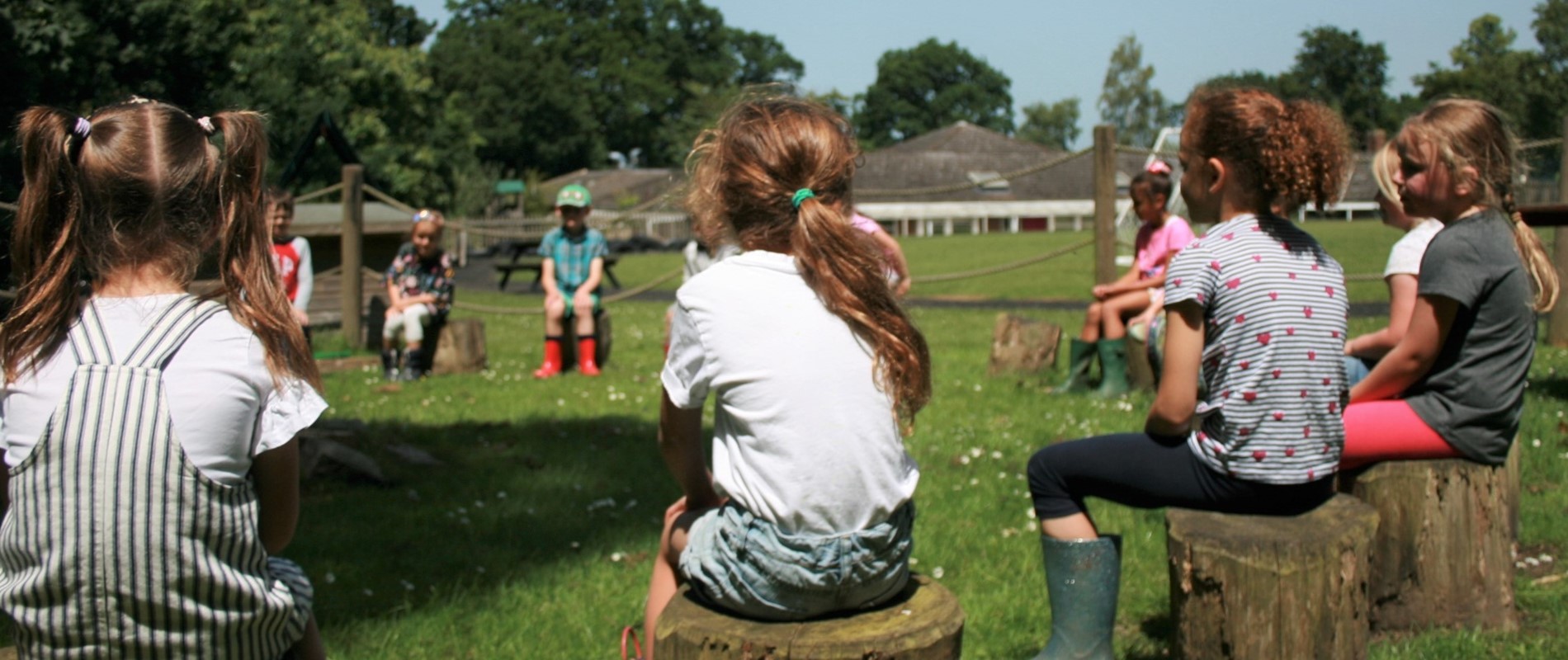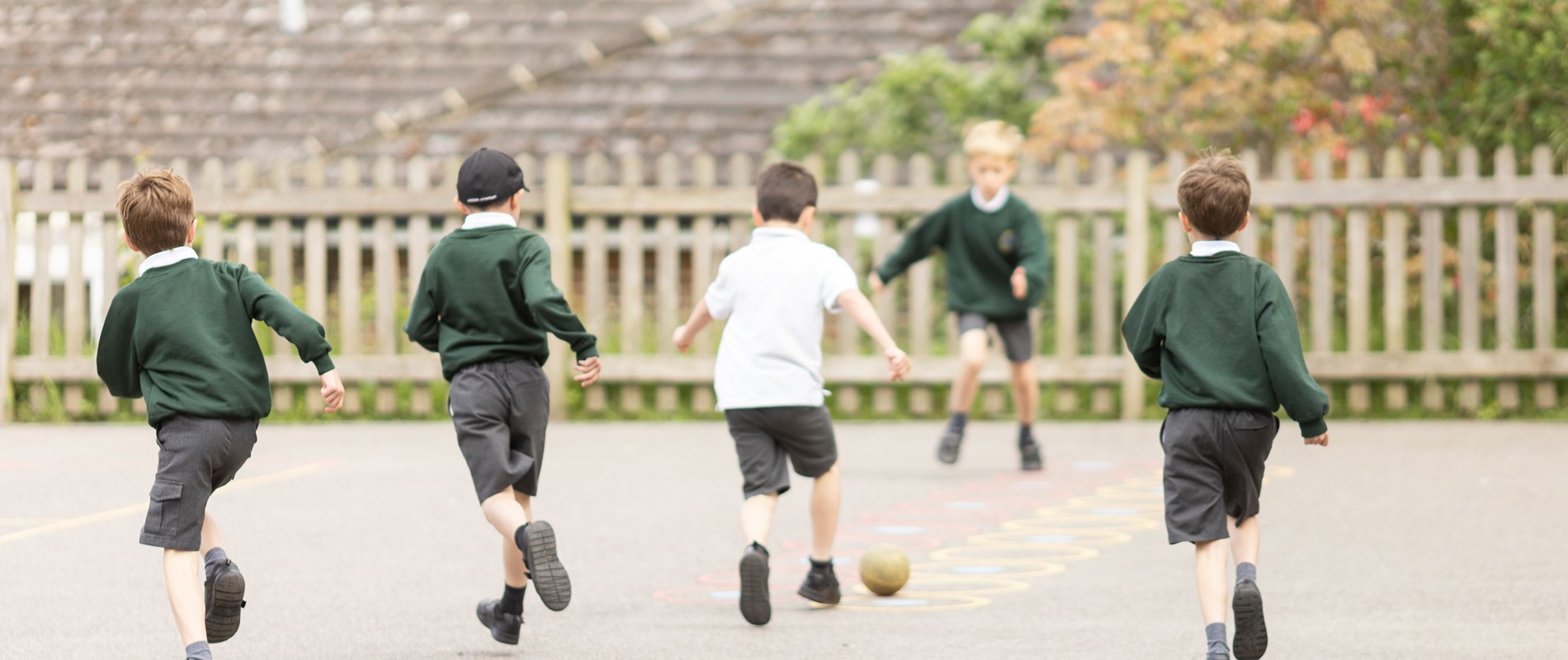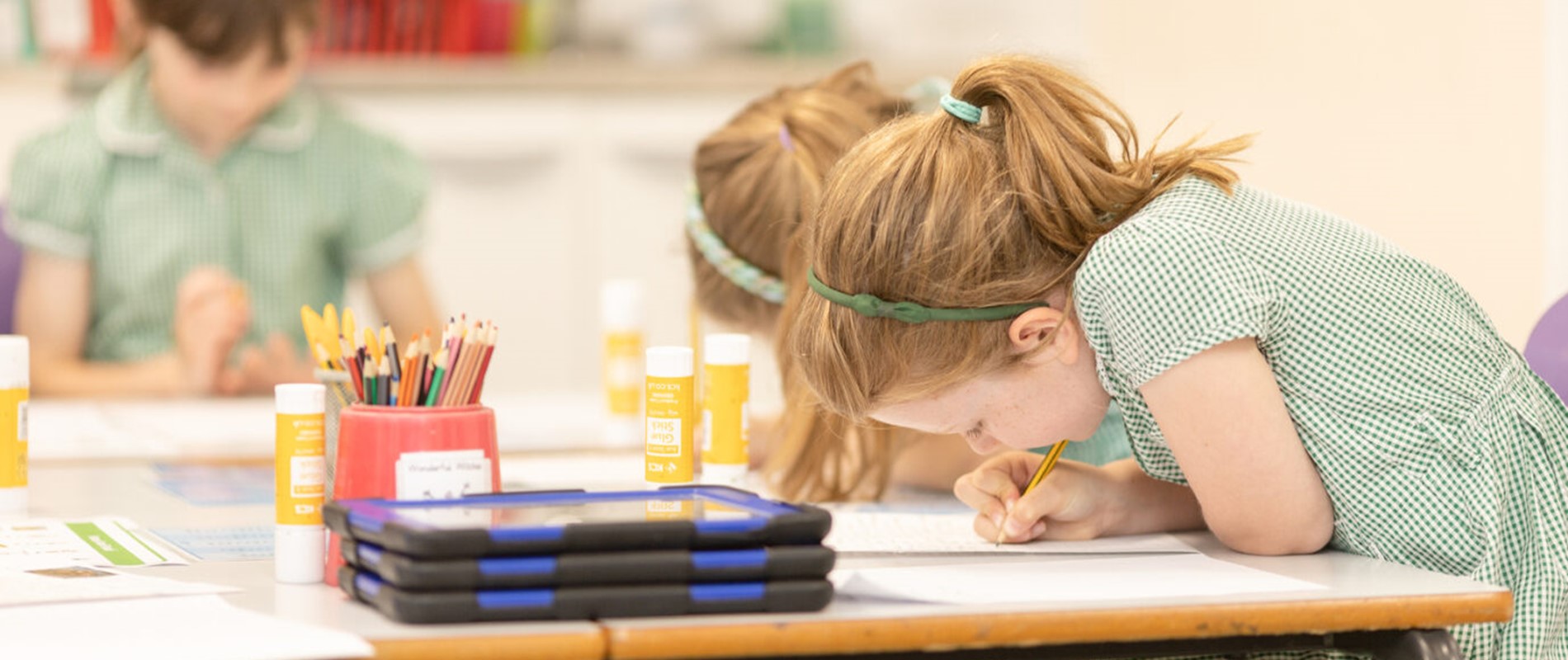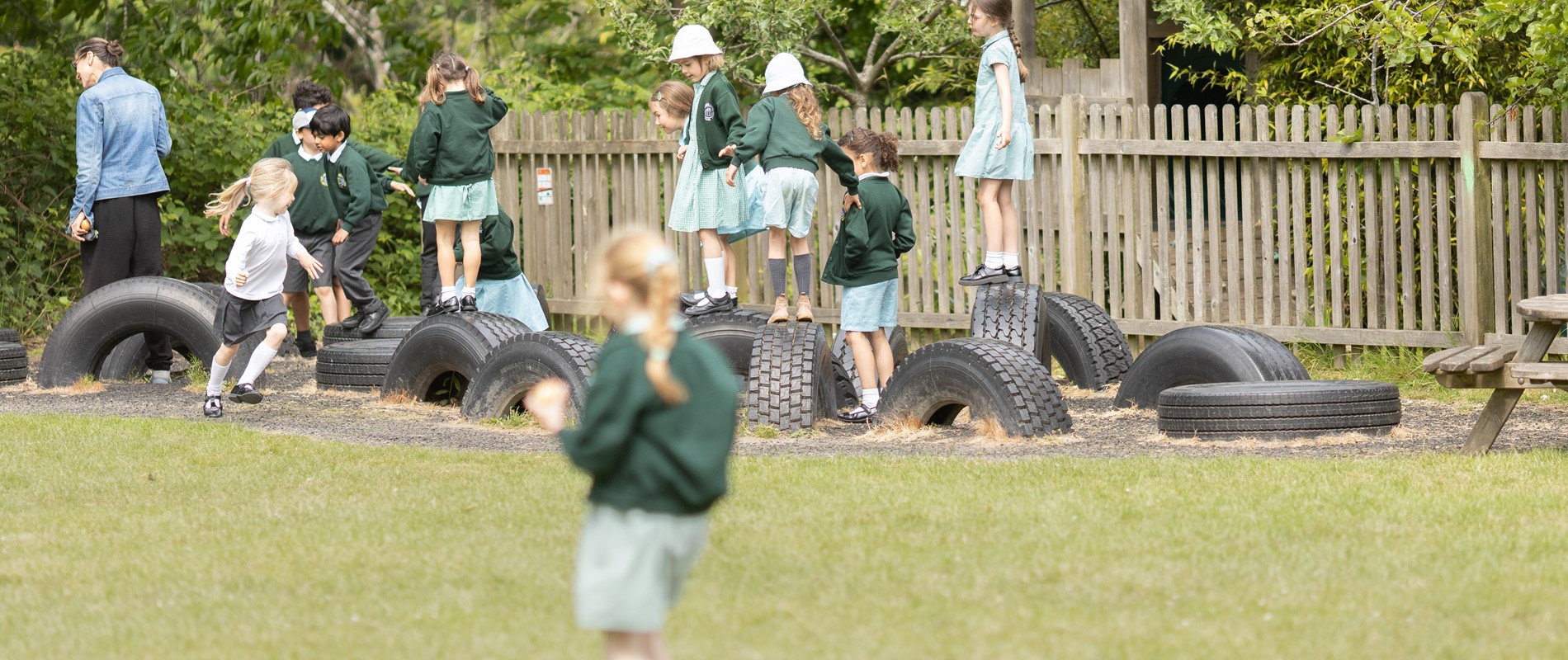Phonics teaching
Our Approach to Phonics and Reading at St James'
At St James’ Primary School we value reading as a key life skill. We see reading as an integral part of the school curriculum that impacts on all learning. We endeavour to promote both a love of reading and work hard to develop children’s reading skills. By the time children leave St James’, they should be confident selecting, reading and understanding a wide range of material and enjoy regularly reading for pleasure.
Reading Culture
We continuously promote and celebrate a reading culture at St James’ Primary:
- We prioritise story time every day in class.
- Every class has a reading area, which is refreshed regularly and from which children can self-select reading material that appeals to them.
- We celebrate World Book Day each year with numerous activities.
- We celebrate National Poetry Day and provide children with opportunities to perform poems aloud throughout the year.
- We invite the Scholastic Book Fair into the school each year.
- We invite authors to visit our school and host workshops with children.
- For EYFS and KS1, we subscribe to Collins Big Cat e-library. Each child has their own log-in and teachers allocate books appropriate to each child’s reading development to enjoy at home.
- We celebrate reading achievements in our Celebration assemblies
- Our Year 2 and Key Stage 2 children receive certificates when they become Accelerated Reader Millionaires throughout the school year.
Phonics and Early Reading
Reading is at the heart of our curriculum. A strategic review of our phonics teaching, in line with DFE guidance and our own monitoring, informs our provision. Since November 2021, we follow the rigorous Little Wandle Letters and Sounds Revised programme in the EYFS and KS1, and for those who need support in KS2. This is an approved and validated systematic synthetic approach to phonics teaching. The children take part in daily phonics sessions as a whole class in Year R and Year 1. Teachers assess children’s understanding formatively during every lesson and daily ‘keep-up’ interventions are given to any children who require extra support. Every 6 weeks a phonics assessment takes place. This helps teachers to identify the sounds which each child can confidently recognise on their own and within a word, and those sounds that may be less secure. Teachers use this information to inform their future planning for the class and address any gaps in phonic knowledge with urgency.
As part of the Little Wandle Letters and Sounds programme, all Reception and Year 1 children take part in reading practice sessions in adult-led small groups three times a week. We use the Little Wandle fully decodable reading texts and our phonics assessments ensure that these books closely match the children’s secure phonics knowledge. The first session focuses on decoding the story (sounding out and blending words to read them), the second session focuses on prosody (reading aloud with expression) and the third session focuses on comprehension (understanding what they are reading and answering questions about the text). By the end of the third reading session, each child should be able to read the text with 95% fluency and accuracy. These texts will then be made available online at https://ebooks.collinsopenpage.com/ for your child to read to you at home. You will find your child’s log in details in the front of their reading diary. The books will continue to be available to re-read for the rest of the year.
Phonics Phases
There are 6 phases of Phonics that the children will learn at St James’. It is crucial that each stage is embedded so that pupils have the best chance of developing the literacy skills they will need throughout life.
Before your child starts school and Reception
Phase 1 is often introduced in Nursery and explored further within the first few weeks of Reception. At this stage, the focus is on the development of speaking and listening skills prior to introducing written letters. Although we will not explicitly teach this phase at St James, we continuously provide opportunities for the children to further develop their skills in order for them to successfully begin to access the Little Wandle Letters and Sounds programme. The Phase 1 activities are divided into seven groups:
- Environmental sounds.
- Instrumental sounds.
- Body percussion.
- Rhythm and rhyme.
- Alliteration.
- Voice sounds.
- Oral blending and segmenting.
You can support your child at home by singing lots of nursery rhymes and exploring language with them, pointing out rhyming words, similar sounds etc.
Phases 2, 3, 4 and 5
Phase 2 is the individual letter sounds of the alphabet. The children will learn these in a specific order and will learn to form the letters correctly alongside using them to build simple words. They will also begin to read and learn to spell “tricky” words that don’t fit any regular spelling patterns. (e.g. I, to, no, go, the, into – need to check this!)
Phase 3 continues with individual letter sounds and then moves into the more common combinations of letters that make a single sound. You will hear your child refer to them as “digraphs” (two letters, one sound) or “trigraphs” (three letters, one sound). Again, the children will be given opportunities to form these graphemes correctly and use them to build simple words. The children will be given opportunities to read and spell simple words and sentences during each phonics session. Phase 3 is revised in the Autumn term of Year One. Phase 3 tricky words include: he, she, we, me, be, was, you, they, all, are, my, her.
Phase 4 is taught in the final term of Reception. No new sounds are taught but the children learn how to blend longer combinations of phonemes to make new words. For example, test, stop, brick, clock, train, paint. Phase 4 is continuously applied during the Autumn and Spring terms of Year One. Tricky words: said, like, have, so, do, some, come, were, there, little, one, when, out, what.
Phase 5 starts in the second part of the Autumn term in Year 1. It covers the rest of the digraphs and trigraphs, identifying all the alternative ways of forming the digraphs taught in Phase 3. It then moves on to alternative pronunciation of digraphs and trigraphs. (e.g. cow, throw, peach, head, great). Towards the end of the Summer term, the children begin to learn the uncommon combination of letters (previously were learned in Year 2). Tricky words such as through, thought, people, friend, eye.
In Year 2 they will apply the phonics they learnt in Year One alongside spelling, grammar and punctuation sessions. We currently use No Nonsense Spelling.
Phase 6
In Year 2, children start to focus on increasing fluency as they read. Once they have completed the Little Wandle Letters and Sounds Revised programme, they will have learned the majority of the letter-sound correspondences and will be able to read familiar words without needing to sound and blend. Phase 6 focuses on spelling patterns including prefixes and suffixes when the root word is adjusted.
Phonics Screening
In June, we carry out the statutory Phonics Screening Check with all Year 1 pupils. It is expected that most children will achieve the standard expected by the end of Year 1. If a child does not reach this standard, they re-take the assessment the following year, in Year 2.
Our screening results for 2022 were: 86.6% achieving the expected standard.
Below are the Phoneme charts for Reception and Year 1. Further information can be found on the Little Wandle Letters and Sounds website. https://www.littlewandlelettersandsounds.org.uk/resources/for-parents/
